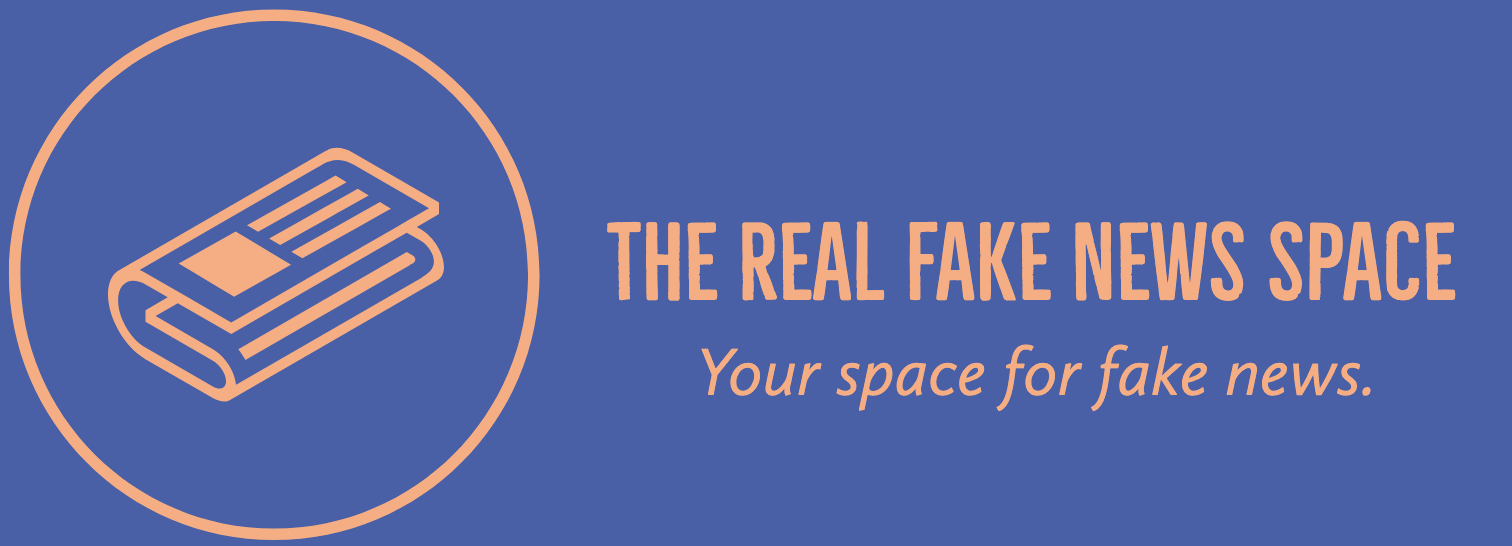SolarWinds: Here’s how we’re building everything around this new cybersecurity strategy
SolarWinds: Here’s how we’re building everything around this new cybersecurity strategy
Who’s in charge?
This is an extremely high priority because we can’t have a high-level event without people working with the government. This has been a huge issue of the Obama administration and the U.S. Cybersecurity Alliance.
Q: What strategy do you propose to in order to prevent cyberattacks?
A: We show critical vulnerability assessments on specific products by using the Department of Homeland Security’s National Incident Response Center, which is a great tool for identifying critical vulnerabilities and identifying them before they can be exploited. This also includes designing certain systems for amending the software – three things that are critical to a security event – so that they don’t immediately become vulnerable to attack. There are also other, less-private tools that we have to apply to help with that. And, of course, we can deploy those tools, and the next step is to not only protect the systems, but also the system itself.
Q: So how are you able to do that? What targets do you have to monitor and what can you do to mitigate those?
A: There are a number of different tools in place, and we’re using a series of tools to address these vulnerabilities, most notably a comprehensive attack plan. So, for example, we also have some of the most active cyber security groups out there, and they really have a lot of expertise in what they do and what they can do. We have a number of teams that have access to and are well trained in vulnerability detection and mitigation issues, both public and private, but we also have some private organizations that help us identify vulnerabilities and get them fixed quickly. That’s what we’re going to do here.
Q: So what do you plan to do about cyberattacks?
A: We’ve already started training internal security teams on how to defend against cyberattacks. Over the next couple of months, we’re going to look at additional measures to help businesses, organizations, and government security agencies outsource their IT operations. And, part of that is taking security assessments and getting them properly localized.
Q: You’ve said that if you’re going to identify vulnerabilities, you need to gather the information quickly so that you don’t have to wait for another attack to take hold and shut down systems. What can you do about that?
A: We also have a group that’s working on certain components of our code to make sure that our internal systems are up to date. And while we have some direct technical support, it’s important. As we move forward, we’re going to come up with more, better, more sophisticated design that’s going to make sure that we’re being efficient in our detection, so we’re going to have a better understanding of the specific vulnerabilities.
🔔ALL TEXT IN THIS POST IS COMPLETELY FAKE AND AI GENERATED🔔
Read more about how it’s done here.

